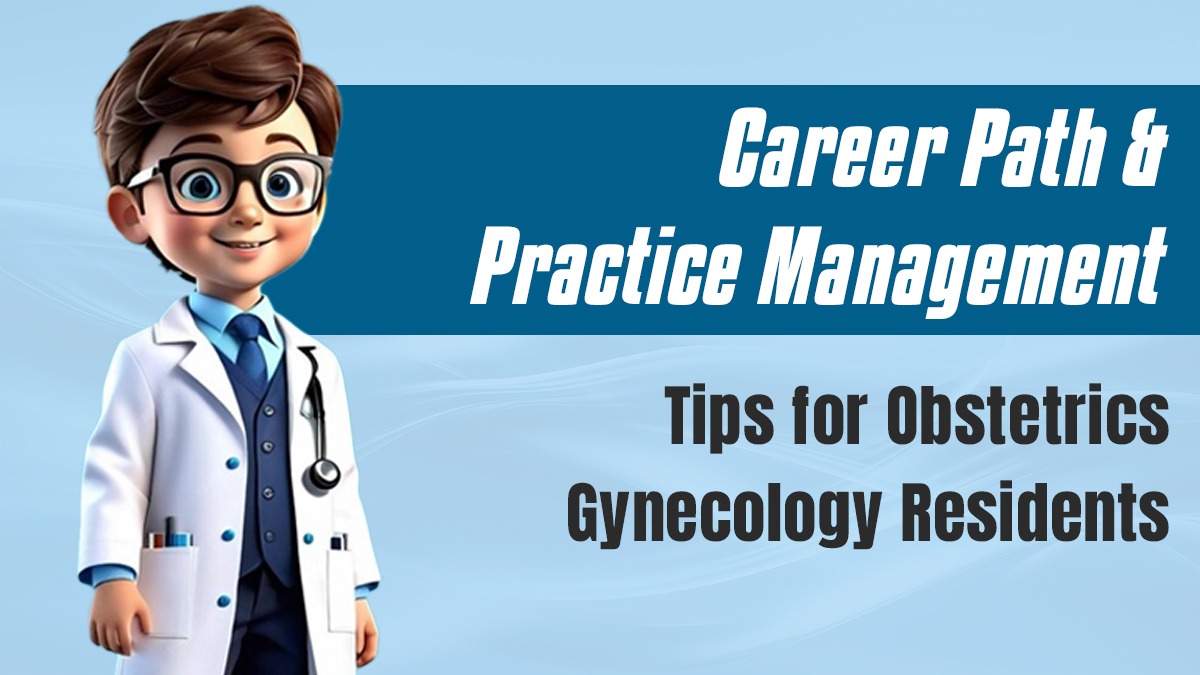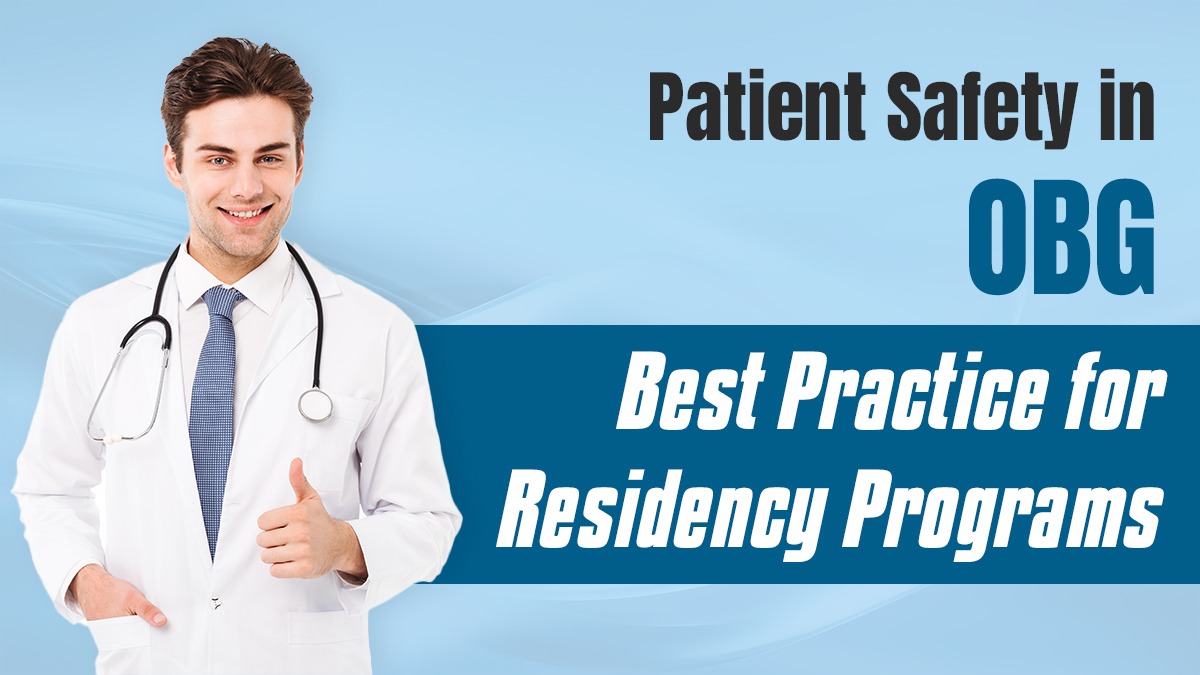Estimated reading time: 8 minutes
So, natural sources of iron are divided into three, one is the best ones come under good sources and the ones that come under very poor sources, are basically useless sources. So, when I say the best sources, it includes meat, meat can be from any source, it can be from any animal, apart from that fish, apart from that you are also going to have egg yolk and finally a bit of vegetarian, a little bit of beans. Good sources include leafy vegetables, I have cereals, I have ragi, I also have dates and for poor sources, I have milk-based products.
Now, you would ask me the dates. The problem is dates, which is date is very expensive, so not all women, especially in our country where women come from low socioeconomic status, not all women can afford that So, let us think about one question that you are going to be asked in your exam and that question happens to be jaggery.
A lot of examiners love asking this question why don’t you tell Jaggery? Jaggery was a very good source of iron, especially in our country where jaggery is fortified with iron. I will never mention, I will never mention neither to my patients nor to my examiners jaggery as an answer for a good source of iron. The reason is the amount of jaggery that is required to be consumed, to be able to provide with that adequate required amount of iron per day during pregnancy or even in a non-pregnant state is too high.
If you are consuming that much of an amount of jaggery, especially during pregnancy when there is going to be insulin resistance in the second and third trimester, physiological insulin resistance, you are giving rise to that female having gestational diabetes mellitus. So in one comorbidity, you are giving her another much more dangerous comorbidity, which is why jaggery can never be the answer. One possible answer is cooking with iron utensils, but you also need to remember that in India, iron utensils which are used, leave aside India, if you use it anywhere, can be oxides, ferrous oxide, and ferric oxide, all these can become compounds which can be even toxic to people, which is why I would want to prefer not using just iron utensils and cooking in iron utensils, especially in India I said because the iron utensils that are available in India, they are not purely iron, they also contain other metals and those other metals are added to it to be able to sustain that temperature, high temperatures.
So the toxic radicals that can be formed because of heating food in it can be deleterious, they can be very bad, detrimental for a female or any human health, which is why cooking in iron utensils is a good way to know, but given the fact that the government gives us iron and folic acids for free, tablets for free, I wouldn’t want to risk that female towards the development of the toxicity by that. Fine. So you would ask me, okay, what if it’s a female who is having a mixed diet, she’s eating good enough amounts of non-vegetarian diet, and I can just supplement her with a lot of non-vegetarian diets?
Remember, a non-vegetarian diet can also lead to hyper triglyceridemia, basically dyslipidemia, and to also make it palatable, there are a lot of other spices, oils, and a lot of products that are added to it, which though it can be made palatable, it can be again deleterious from a dyslipidemia point of view. You would ask me to increase the good sources, but then how much can a female have beefy vegetables, how many cereals can she have, and the other side effects, amino acid deficiencies that come with it, they cannot be supplemented, which is why increasing the natural sources of iron as a way to supplement iron is not a great way. Still, if you tell me that I have managed it somehow, I have made a good enough diet chart for this female, and I believe that should be adequate for her to be able to supplement her daily needs.
Let us understand why even that is not the best way ahead. The reason is that even if I eat the best combination of all of these, my daily consumption that is going to happen, my daily diet that is going to come, this daily diet will still just contain around 10-20 mg of elemental iron. We speak of iron in terms of how much elemental iron is.
So elemental iron is only going to contain 10-20 mg. 10-20 mg, what is the daily recommended allowance in pregnancy? The daily recommended allowance in pregnancy happens to be 6-7 mg of elemental iron per day. So you would say that here you are getting 10-20%, which is an excellent thing, but you need to understand that when you are giving it through the oral route, not all is going to be absorbed, a lot of it is going to be wasted.
A lot, 90% is wasted and only 10% is absorbed. So when I say 10%, it is only 1-2 mg of elemental iron that is going to be absorbed. And 1-2 mg is too low in comparison to the recommended daily allowance in pregnancy and lactation states.
Which is also why Anemia Mukta Bharat, which is a program that is formulated by the government for the correction of anemia in adolescents and reproductive age women and pregnant and lactating women, is basically a program that has been more focused on women and children and adolescents to reduce the rates of anemia in our country. The tablets that they provide for free, those tablets which come in two forms, a red tablet and a blue tablet, both of them contain 60 mg of elemental iron. Because they understand that when 60 mg is absorbed in 10%, then 6 mg is absorbed.
And if 6 mg is absorbed, that is going to be adequate for me in terms of my recommended daily allowance and hence the pregnancy demand is going to be sufficed. This is a very easy way to remember, earlier the older guidelines said that 100 mg of elemental iron should be given but no, the current guidelines say that 60 mg of elemental iron is sufficient enough for a female to be able to maintain her hemoglobin at the normal level. This is why 60 mg of elemental iron is present in both these capsules, red and blue.
You would ask me why do we have to make two different capsules, both have 60 mg of elemental iron with 500 microgram of folic acid. What is the difference? Why do I have two different tablets? I could have just made it red. Because red is for reproductive-age women pregnant women and lactating women, whereas blue is for adolescents.
You would still say, why should I not give it to adolescents? It is because there can be a social stigma that my daughter who is a 16-year-old in especially tribal and village areas, they would say that a female who is pregnant in the village is also taking a red capsule and a girl who is an adolescent 16-year-old, she is also getting the same capsule of red colour. That stigma might make them think that that adolescent girl is getting an overdose because she is not pregnant and say that they may not end up giving birth. Plus red color justifies menstruation, pregnancy, and lactating states, which is why this has been kept as a stigma to prevent it.
And so that adolescents do not end up thinking that I am being given a woman’s thing for They do not know the doses inside that. They just know that I have to take this pill. This is why blue capsule is given to adolescents.
It is given once a week, by the way, we will be talking about this later, but still once a week, whereas the red capsule, reproductive age, which is given to all three, is given once per day in a normal female and twice per day in a female who already has iron deficiency anemia. So that is the logic behind Anemia Mukta Bharat’s 60 mg elemental iron with 500 mg polyacetamide. But this is the logic behind why we give supplements of iron.
We give it in the form of tablets, we give it in the form of capsules and why we do not rely purely on the basis of just diet.










